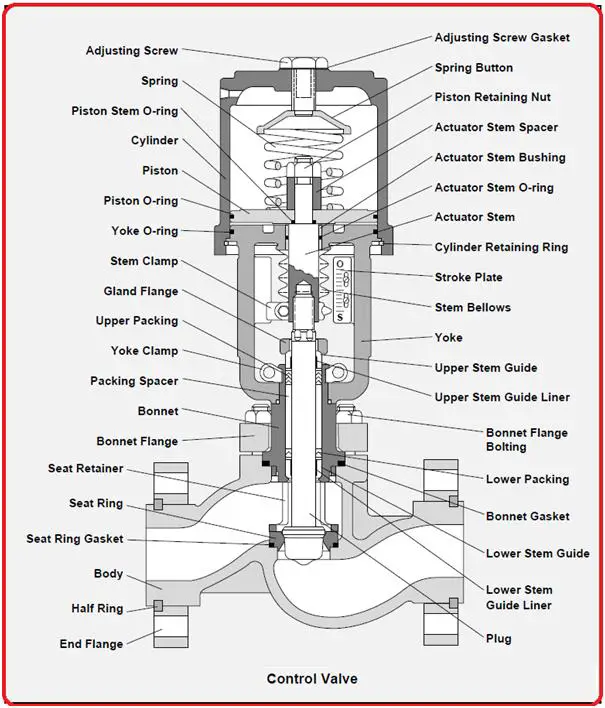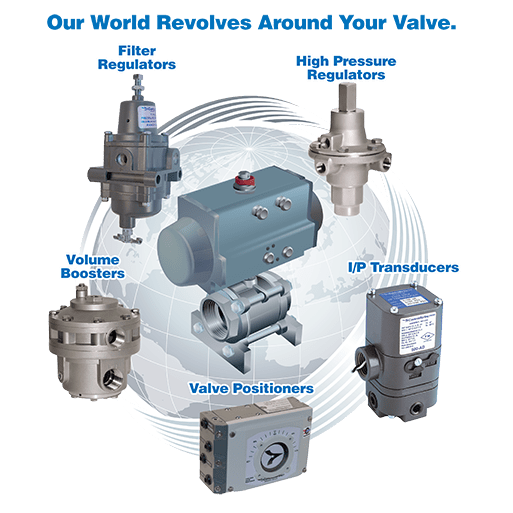
Maximize Energy Financial Savings and Comfort With Advanced Structure Automation Controls
In the world of modern design and facility administration, the assimilation of advanced building automation controls stands as an essential advancement. The convergence of innovation and sustainability has birthed a new period where power efficiency, convenience optimization, and functional streamlining are no more achievable realities yet remote goals. By utilizing the power of automation, buildings can adjust, react, and advance in ways that were once inconceivable. The possibility for significant energy financial savings and enhanced comfort is not just an opportunity however a pledge waiting to be met. This paradigm change in building management holds the crucial to opening a globe where ecological conscientiousness and passenger wellness harmoniously exist together within the walls of our structures.
Energy Performance Advantages
Energy efficiency benefits can considerably decrease energy consumption and operational prices in buildings. By implementing energy-efficient practices and technologies, building owners and drivers can achieve substantial cost savings while likewise adding to environmental sustainability. Among the key advantages of enhancing power performance in buildings is the reduction of energy costs. Energy-efficient systems, such as sophisticated building automation controls, can optimize making use of sources like illumination, cooling, and home heating, causing reduced energy expenses gradually.
Additionally, enhanced power efficiency can extend the lifespan of structure equipment and systems. By running extra effectively, HVAC systems, lighting components, and other structure components experience less wear and tear, causing reduced maintenance and substitute expenses. Furthermore, energy-efficient buildings often command greater home values and rental rates, offering long-lasting monetary benefits to owners.
Furthermore, energy performance can enhance resident comfort and efficiency. Effectively regulated indoor atmospheres with optimal lights and thermal problems create a more pleasurable and helpful workspace, leading to enhanced staff member fulfillment and efficiency. Overall, the energy effectiveness advantages connected with advanced building automation controls are diverse, incorporating expense financial savings, ecological stewardship, and resident health.
Enhanced Convenience Control
Enhancing convenience control in structure settings calls for a sophisticated assimilation of innovative automation systems for optimal occupant well-being. By using advanced structure automation controls, centers can tailor the indoor environment to fulfill the certain needs and preferences of passengers. control valves.
Boosted convenience control exceeds basic temperature adjustments. It consists of functions such as personalized setups, tenancy sensing units, and all-natural light usage to create a dynamic and receptive environment. By integrating these advanced controls, buildings can not only improve comfort however additionally enhance energy efficiency by maximizing system operations based on real tenancy and usage patterns. Eventually, prioritizing occupant convenience via advanced automation systems causes a more pleasurable and much healthier indoor atmosphere.
Operational Performance Improvements

Moreover, the execution of real-time tracking and analytics devices allows structure drivers to identify power ineffectiveness and functional anomalies immediately. By continuously checking power use patterns and system performance metrics, modifications can be made in real-time to enhance power intake and make sure peak operational efficiency. control valves. Additionally, incorporating need reaction techniques right into structure automation controls can better enhance functional performance by dynamically readjusting More Info energy use based on grid conditions and rates signals
Indoor Environment Optimization
Efficient interior environment optimization is an essential aspect of building automation controls, guaranteeing occupants' convenience and health while optimizing energy cost savings. By utilizing innovative sensing units and controls, constructing automation systems can constantly change and check temperature level, humidity degrees, air high quality, and air flow to produce an ideal indoor atmosphere. Keeping comfy and consistent conditions not only improves passenger contentment but also improves performance and general wellness.
Indoor environment optimization also plays a crucial function in power performance. By fine-tuning cooling, heating, and air flow systems based on real-time information and occupancy patterns, constructing automation controls can considerably decrease power consumption - control valves. Carrying out methods such as demand-controlled ventilation and thermal zoning can assist minimize power waste while making certain that each area of the structure receives the essential conditioning.

Sustainable Setting Creation
Structure automation controls not original site only optimize indoor climate conditions for power performance and occupant comfort however likewise lay the foundation for creating a sustainable atmosphere via calculated administration of resources and systems. By integrating sophisticated structure automation technologies, such as sensors, actuators, and smart software program, facilities can readjust and keep track of power usage in real-time to decrease waste and decrease their carbon impact. These systems make it possible for predictive maintenance, identifying prospective concerns before they escalate and enhancing devices performance to improve longevity and efficiency.
Furthermore, sustainable environment creation extends beyond energy management to incorporate water preservation, waste decrease, and indoor air top quality enhancement. Building automation controls can control water usage, identify leakages, and ensure appropriate garbage disposal methods, adding to general sustainability efforts. Furthermore, by managing and checking air flow and filtering systems, these innovations enhance owner health and wellness and productivity while reducing power usage connected with cooling and heating operations.
Conclusion
To conclude, progressed structure automation controls deal substantial benefits in terms of energy cost savings, convenience control, operational efficiency, indoor environment optimization, and producing a lasting setting. By implementing these controls, buildings can attain ideal efficiency while reducing energy consumption and enhancing passenger convenience. It appears that the use of innovative automation technology is critical in boosting building efficiency and creating a much more sustainable future.
Power effectiveness advantages can Resources dramatically decrease energy usage and functional prices in structures. Generally, the power efficiency benefits linked with advanced building automation controls are multifaceted, incorporating price financial savings, environmental stewardship, and resident health.
Furthermore, integrating demand reaction methods right into structure automation controls can even more enhance functional performance by dynamically readjusting energy usage based on grid conditions and rates signals.
Structure automation regulates not just maximize interior climate problems for energy efficiency and occupant convenience however also lay the foundation for producing a lasting setting via tactical administration of systems and resources.In verdict, progressed building automation regulates deal significant advantages in terms of power cost savings, convenience control, functional efficiency, indoor climate optimization, and producing a sustainable atmosphere.